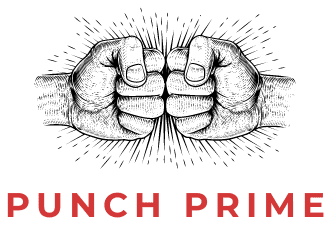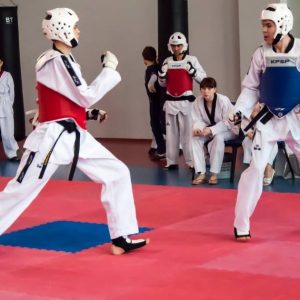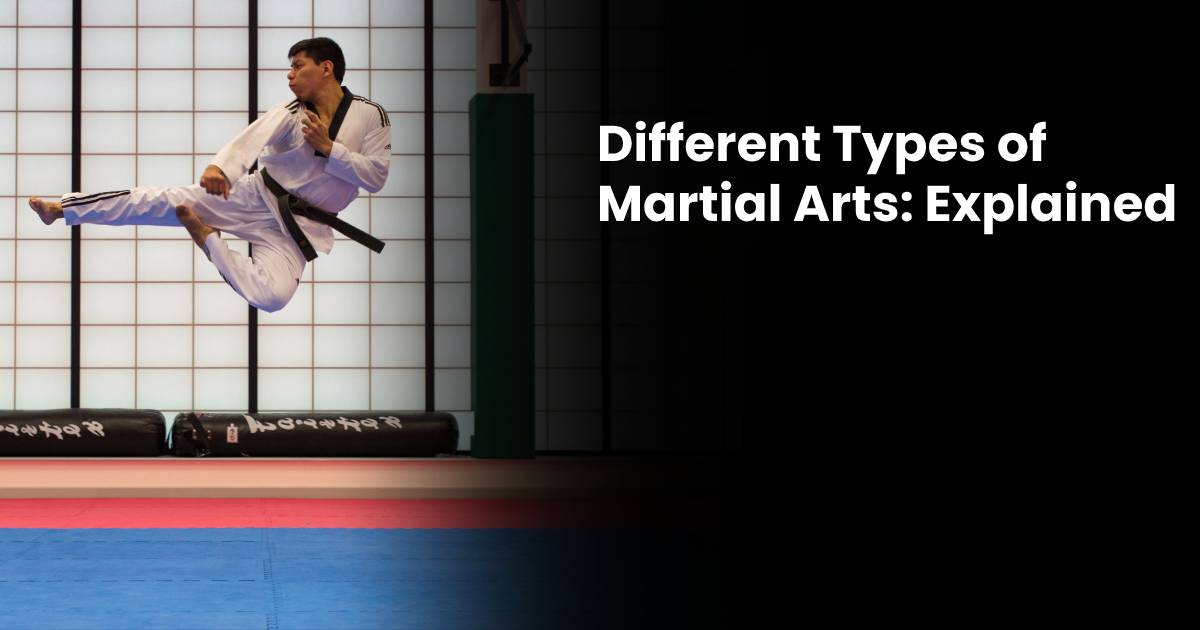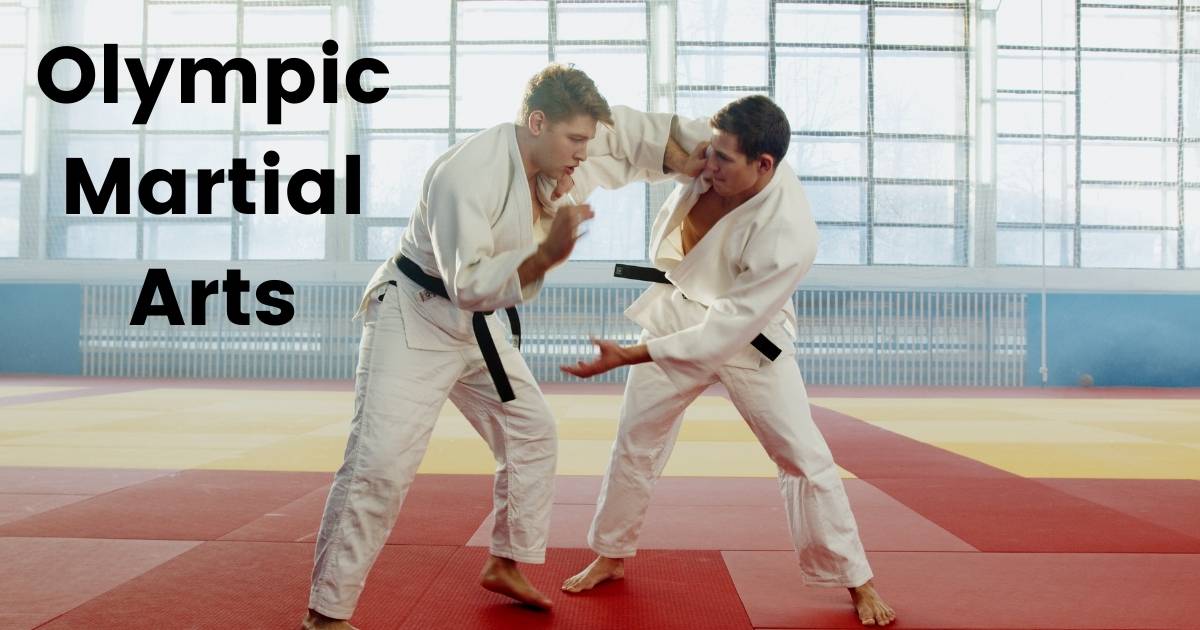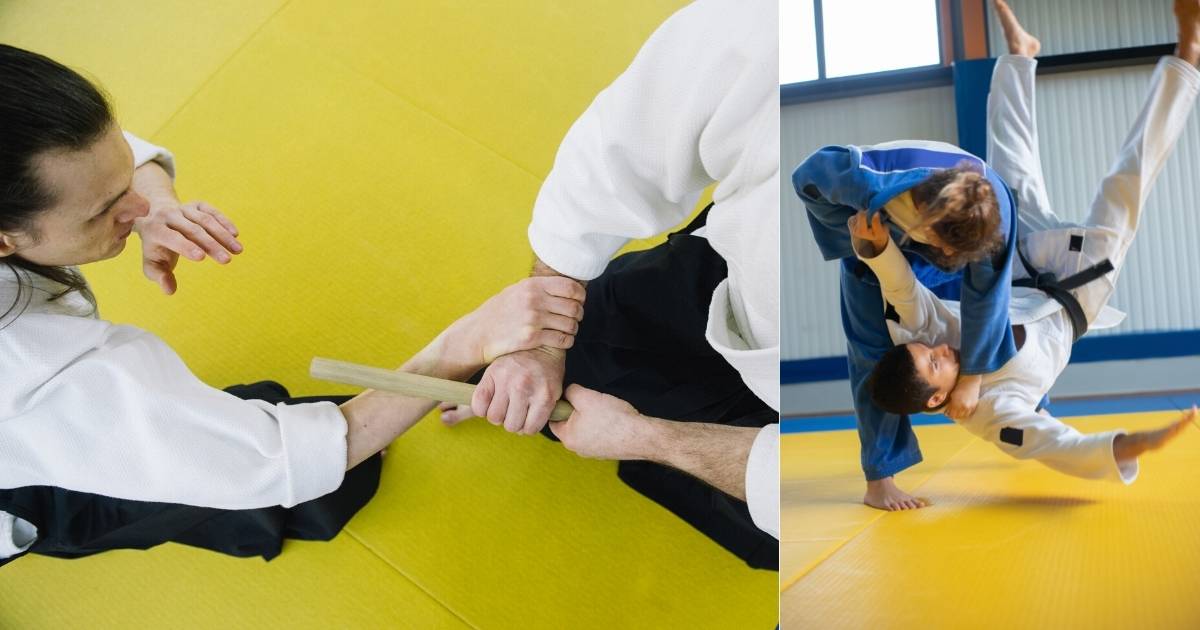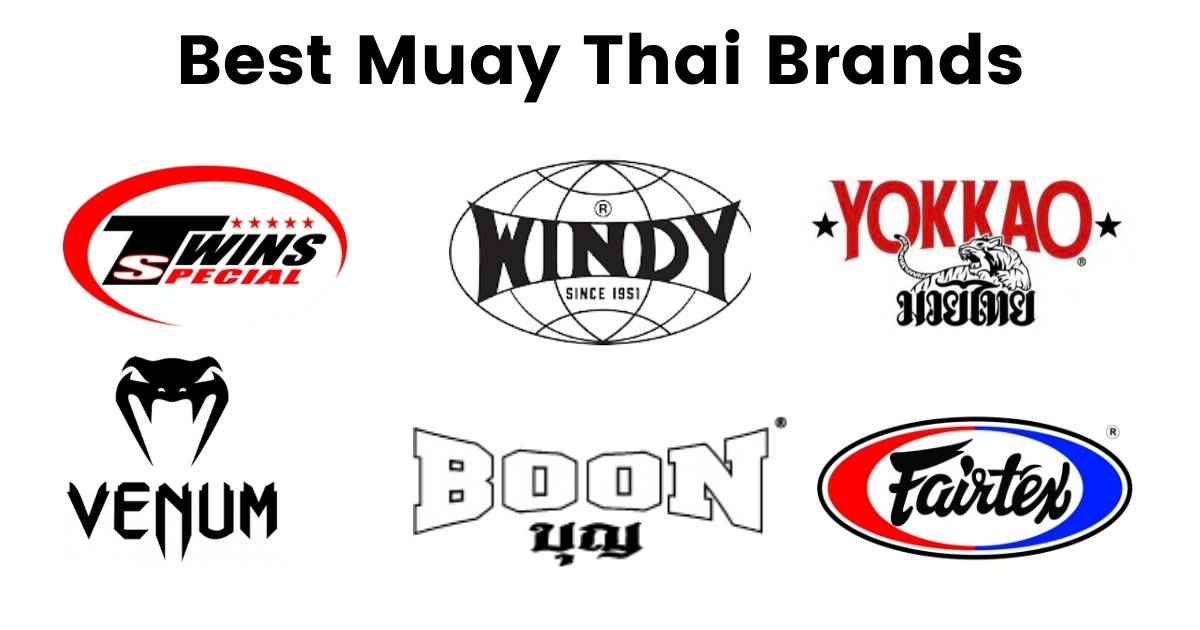The history of Chinese martial arts goes way back – back as far as the Xia Dynasty, which existed over 4,000 years ago! Since then, these arts have become common practice for when self-defense is needed. They’ve also become an integral element of Chinese culture.
Chinese martial arts were also required for hunting and military training in ancient China. Hand-to-hand combat and the use of weapons were essential components of soldiers’ training.
These martial arts have expanded to include different ideas, practices, types, and philosophies. Self-defense isn’t the primary aim now. Undertaking these arts also helps to achieve purposes like health maintenance and self-improvement.
In this article, we’ll discuss the five most popular Chinese martial arts styles. They have been present for so long and acknowledged worldwide, be it in fiction, poetry, or even movies!
Contents
Kung Fu
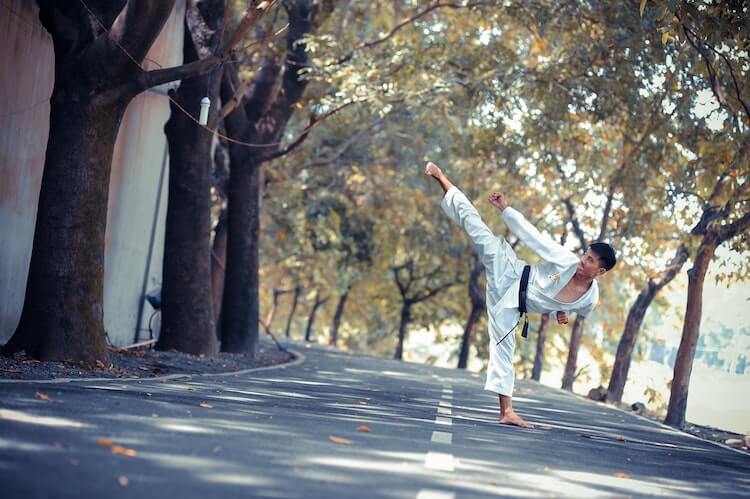
Who hasn’t heard the term Kung Fu? This particular martial arts style is exceptionally popular in the contemporary world. To the extent that it’s often used to describe martial arts in general, not as a specific style.
Tracing it back to its origin, Kung Fu refers to individual accomplishments or refined skills that a person achieves. Though, only after putting a lot of effort into achieving it. To be precise, it means “achievement through great effort.” “Kung” means achievement, while “fu” means man.
So, the term can be used to describe just about any skill, not necessarily martial arts ones.
Today, Kung Fu is the name for Chinese martial arts that incorporate sharp blows, kicks, and blocks. As well as a blend of open and closed-hand strikes for practitioners to defend themselves. Also, depending on skill level and the style, kung fu practitioners may use throws and joint locks.
Shuai Jiao
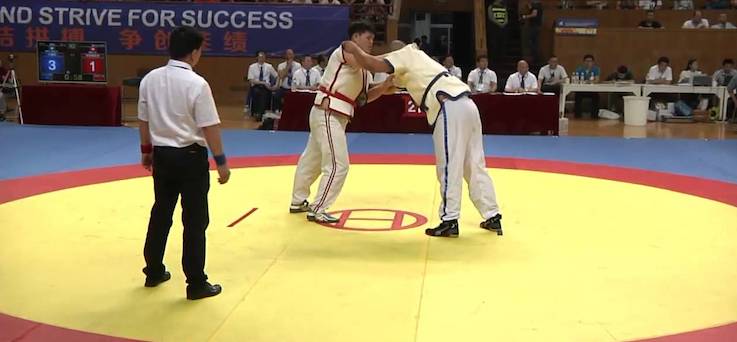
Shuai Jiao, originally coined Jiao Di, is the first martial arts style introduced in China. When it first came about, it existed to teach troops how to use their helmet horns to defeat opponents. When it morphed into a wrestling or fighting art, its name was changed into Jiao Li, and later the “Shuai Jiao” as we know it.
Most Chinese martial arts focus on stand-up fighting, but this one incorporates wrestling, sweeps, and throws. Shuai Jiao resembles Judo, the Japanese martial art, in many ways. This is due to its standing grappling and throwing techniques.
Baguazhang
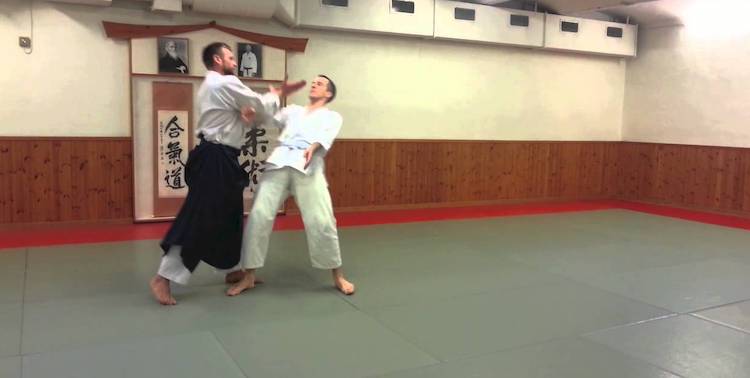
Not all Chinese martial arts are rough, and the Baguazhang style is here to prove that. Originating in the 19th century, Baguazhang is a soft and internal martial arts style. It is distinguished by its employment of breathing techniques and meditative characteristics.
Baguazhang’s training focuses on establishing the connection between the mind and movements. In other words, what’s occurring in one’s mind and what’s happening on the outside.
The techniques translate internal thoughts to actual movements. The martial arts style is often in slow-moving, flowing forms.
Since the name is quite interesting, let us tell you what it means. “Bagua Zhang” means “eight trigram palm,” referring to the Taoism canons. This is a religious tradition where practitioners affiliate with temples or monasteries. But, just one trigram of the I Ching; Yijing, to be exact. All in all, Baguazhang aims to improve health and life balance.
Tai Chi

If you’re interested in breathing sessions and techniques, you’ll become a fan of Tai Chi! This martial arts style sets itself apart by being an internal style. By incorporating breathing techniques, individuals can maintain their balance and relieve stress. It’s been working for many people for hundreds of years.
In Mandarin, “Tai Ji Chuan” literally translates to supreme/ultimate/boundless fit. Alternatively, great extremes boxing.
While it’s more of a meditation style of martial arts it works on your health internally. It can still be effective as self-defense, but not so much as other types. It’s mostly practiced for health and meditative reasons instead.
It is a mind-body practice, with a low-impact, slow-motion activity that’s based on motions named after animals’ actions. For example, “white crane spreads its wings,” and martial arts moves at the same time, like “box both ears.” You’ll be surprised by the results!
Wushu
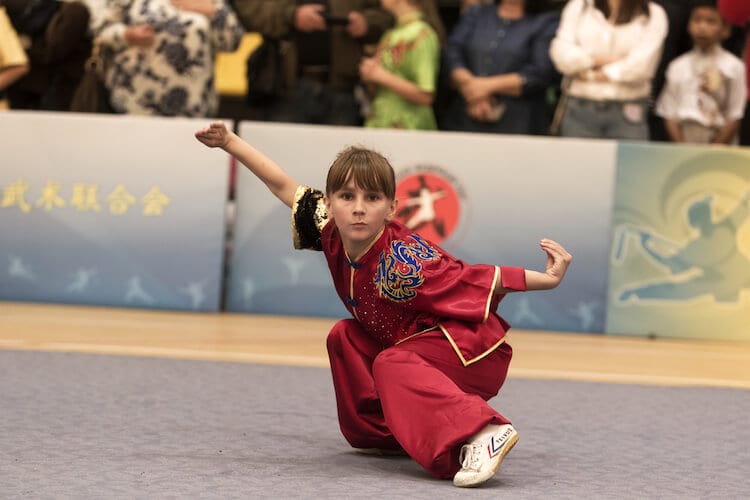
When all is said and done, Wushu can be considered more of a sport or global term rather than a style. The reason for that is that it’s more involved with health, wellness, and even beauty.
In its literal translation, wu means “military,” while shu means “art.” Yes, it’s technically a martial art, but it isn’t really that when it comes to practicality. Today, it can be referred to as an “exhibition” or a full-contact sport. Wushu competitions take two forms: taolu (forms) and sanda (sparring).
Taolu is the predominant competition type. In which we see preordained movements taking place but against imaginary attackers. Naturally, the movements are driven by standard Chinese martial arts techniques. Movements include high-level, spinning, high flying acrobats, jumping kicks, and similar.
The sparring type, sanda, is more concerned with standing or striking combats. With a small degree of grappling involved, like those of Shuai Jiao or Chin Na.
There’s More Beyond the Surface!
While many people refer to all Chinese martial arts as “Kung Fu,” there are many forms and types. We’ve only discussed a couple of the most popular ones, there are many more.
We’ve only scratched the surface of the five above. Each discipline comes with a rich history that’s worth exploring. To unravel the origins and history of Chinese martial arts, you’d have to read many history books. Even then, you may still not have all the answers.
That’s because these martial arts styles have existed far beyond recorded history. But, they’ve been integral for as long as everyone remembers. This is why only a few people dig further into their origins. Their benefits are enough to keep their memory strong and steady!
